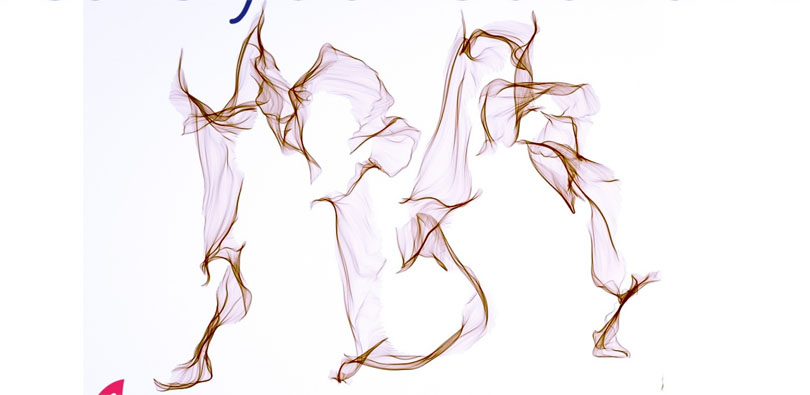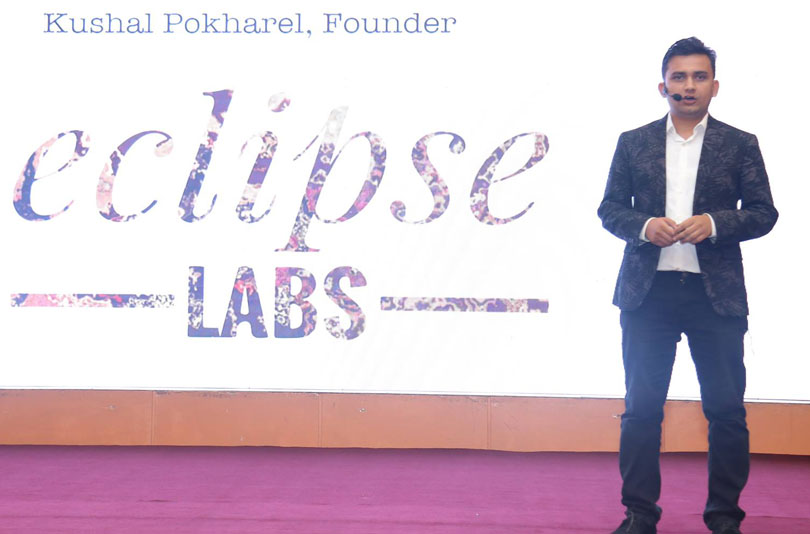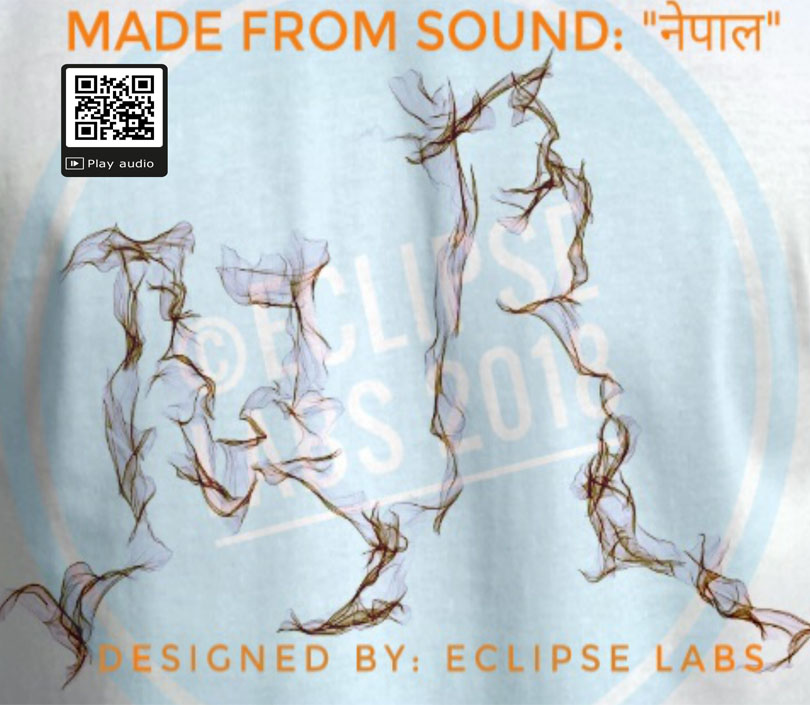
Many mothers say that the moment their child made their first sound was a moment of profound happiness. Of late, some mothers are seen posting videos of their children crying after few hours of their birth. But, if you want to preserve the sound it for the long run, isn’t the plain cry boring, to listen time and again, even if it reminds you of the pleasurable moment? Don’t you wish you had a more creative way to capture that moment?
Lovers, ideally, want their beloved to be around them forever. But it is often impossible for practical reasons. Thanks to modern communication technologies, they can record their beloved’s voices and listen to them whenever they like. But, honestly, doing that is also boring. Don’t you wish you would have some artistic tool, something new and exciting, to give many memories about your beloved back—except photographs?
Wondering to find an answer to these curiosities, engineer and designer Kushal Pokharel has introduced a new application in Nepal that would transform sounds into artistic images which you can keep forever as a memory.
Novel business in Nepal
A recent graduate of Tribhuvan University Institute of Engineering, Pokharel has established a company with an aim to do business based on such innocent desires of human beings.
“You have been telling your beloved ‘I love you’ for many years. Listening to these three words doesn’t excite him/her anymore. You need to gift him/her something new—his/her pictures on a t-shirt or a cup do not work,” the 23-year-old youth explains his idea, “Now, you have a solution. Convert your sound into image, something you had rarely thought would be possible.”
“Such technology is present across the world in the name of interactive design,” he explains, “In Nepal, however, I don’t know if anyone has been working on it.”
Pokharel claims he has been using one of the most advanced technologies for his business. “My technology is four times more advanced than the average standard of interactive art technologies in the world.”

His company, Eclipse Labs, is now open for orders. Customers can now send their sounds and get them converted into interactive art images for various purposes.
“At the personal level, such art images can be used as mementos or gifts,” he says, “In addition, professionals and businesses can use this technology to design their products, create logos and seals among others.”
The process
Pokharel informs that the technology is a systematic application of computer-based algorithms. “When we record sounds, they create a specific wavelength,” the engineer explains, “The wavelengths convert into visual images if we apply right algorithms.”
Pokharel’s explanation reminds of a basic law of energy that it can neither be created nor destroyed, but can convert from one form into another. In the same way, sound images can convert into visual images through wavelengths and vice versa, according to him.
The engineer claims he has developed an Android application to facilitate the process. It is not available for public now as he is mulling over possible business models. “I am still thinking how my idea will work best as a business,” he says, “I may choose to make the application open for common people’s use or restrict it to my company only.”

Converting a sound (for example one word or one sentence) into an image takes around half an hour.
“But, if I choose to let common people convert their sounds into images later, it can be done in the real time,” he says, “I am yet to make any conclusion on how I can generate revenues in that model.”
Affordability
Pokharel claims international artists and designers sell their sound-based interactive designs for $300-400 per work.
“I know my business will collapse for the want of customers if I follow their models. My target market is a section of Nepali people who love art; therefore I am making such works available for Rs 2,000 to Rs 5,000. The exact price depends on the paper you want to use to print the image, the size of the image, and framing among others.”
According to him, his company has already prepared a price list calculating the costs involved in developing and adopting the technologies, labour and operational costs. “The pricing will vary according to the popularity of our products.”
The easiest sound to convert into images is one word or one sentence. But, one can also choose longer or shorter forms. For example, instead of “I love you” you may want to create an artwork from a 20 line poem you composed for your beloved. “Yes, we can convert your entire poem into image too,” he assures, “You will have multiple options in that case—either choose to represent the entire poem on a single sheet of A3 or A4 paper, or break the poem into parts and create different images.” In the first case, the artwork loses the details, but still looks artistic for plain eyes, whereas the second model represents all details, but looks bit bulky, he says.
“Images can be expanded or compressed on the basis of how much detail you need,” he says, adding it also affects the pricing.

One-man team, looking for partnership
Pokharel registered Eclipse Labs as a private company around two months ago. Besides his time and energy, Pokharel has spent around Rs 60,000 in research, software development, logistics and registration process so far.
“I have invested my three years into research for this business. I have left a couple of jobs to dedicate myself to my own project,” he says, adding, he is planning to do a full-fledged business after a couple of months.
“I also have other business ideas related to designing and interactive art. The use of this technology is not only limited to gifts and souvenirs. The market is huge,” he says, “But, I do not have resources for that now.”
Pokharel says he is looking for investment partners. “If anyone is ready to invest around Rs 5 million, I can run the business in the way I want. Commercialising the technology to turn sound into images requires around Rs 1.5 million.”
However, he knows that commercialising only one kind of product might ruin his business in the long run if the market demand for that kind fades away one day.
The engineer says he has partially developed a marketing strategy, which is ready to roll once he gets investors.




















